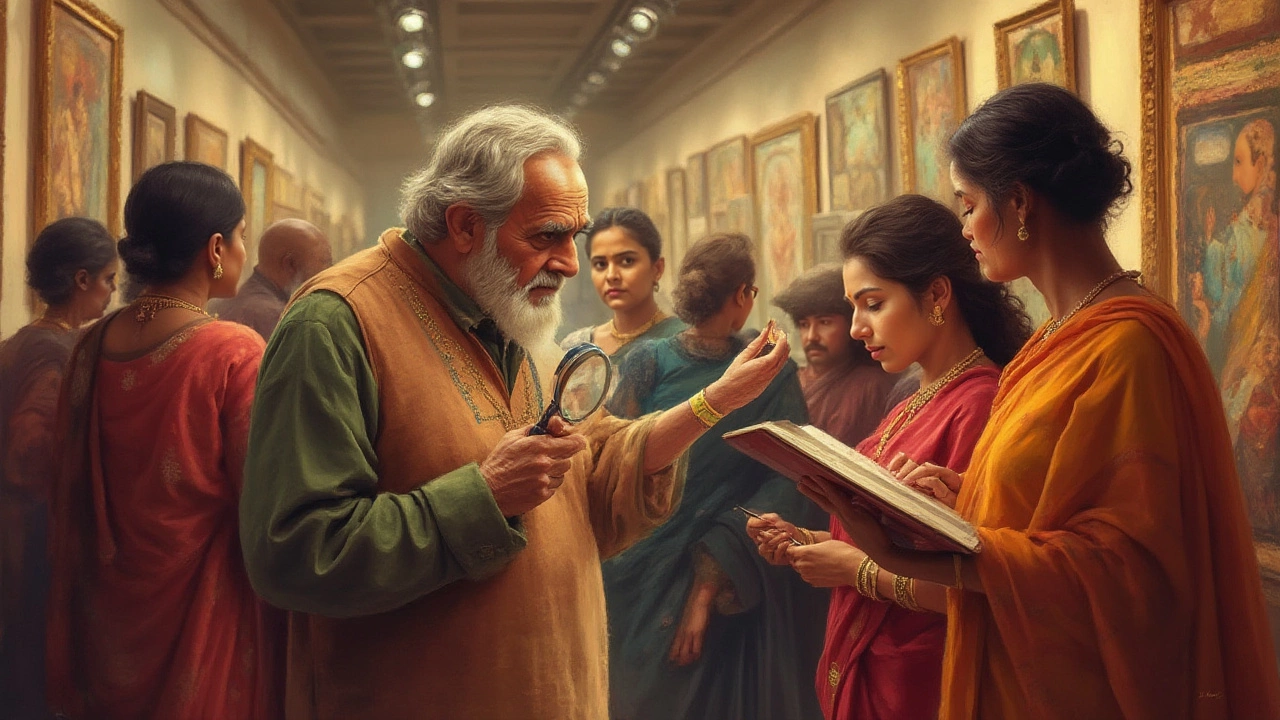Art Provenance: What It Is and Why It Matters
Ever wonder why a painting can sell for millions while a similar one stays on the shelf? The secret often hides in its provenance – the paper trail that shows who owned it, where it’s been, and how it got to you. Think of provenance as a biography for a piece of art. It proves authenticity, protects against fraud, and can add huge value. If you’re buying, selling, or just curious, knowing how to read that trail is a game‑changer.
How to Track an Artwork’s Past
Start with the basics: ask the seller for any documents they have – invoices, gallery tags, auction catalogues, or old letters. These items are the first clues. Next, check reputable databases like the Getty Provenance Index or the Art Loss Register; they list stolen or disputed works and can confirm if the piece has a clean record.
Don’t skip the artist’s catalogue raisonné – it’s a comprehensive list of known works by the creator. If your piece appears there with a matching image and details, you’ve got solid proof. For older works, look at exhibition histories. A painting that showed in a major museum or a historic salon will have catalogues or newspaper reviews you can find in libraries or online archives.
When you hit a dead end, consider hiring a professional provenance researcher. They have access to private archives, estate inventories, and dealer records that aren’t publicly listed. A small investment here can save you from a costly mistake later.
Provenance’s Impact on Value and Trust
Clear provenance works like a warranty. Collectors and museums trust pieces with documented histories, which drives up market prices. A work with a well‑known exhibition record or a chain of reputable owners can fetch a premium of 20‑30 % or more compared to a similar piece with gaps.
On the flip side, missing links can raise red flags. Gaps of decades, especially around wartime periods, often trigger intensive investigations. If a painting’s history can’t be verified, it might be labeled “unprovenanced” and sell for a fraction of its potential value.
Legal issues also hinge on provenance. Ownership disputes can arise decades later if the original sale was illegal or if the piece was looted. Having solid documentation protects you from lawsuits and helps you return a work ethically if needed.
Bottom line: treat provenance like a health check for art. Gather as much paperwork as you can, verify it through trusted sources, and don’t shy away from expert help. A clean provenance not only boosts price but also gives you confidence that the artwork you love truly belongs to you.
